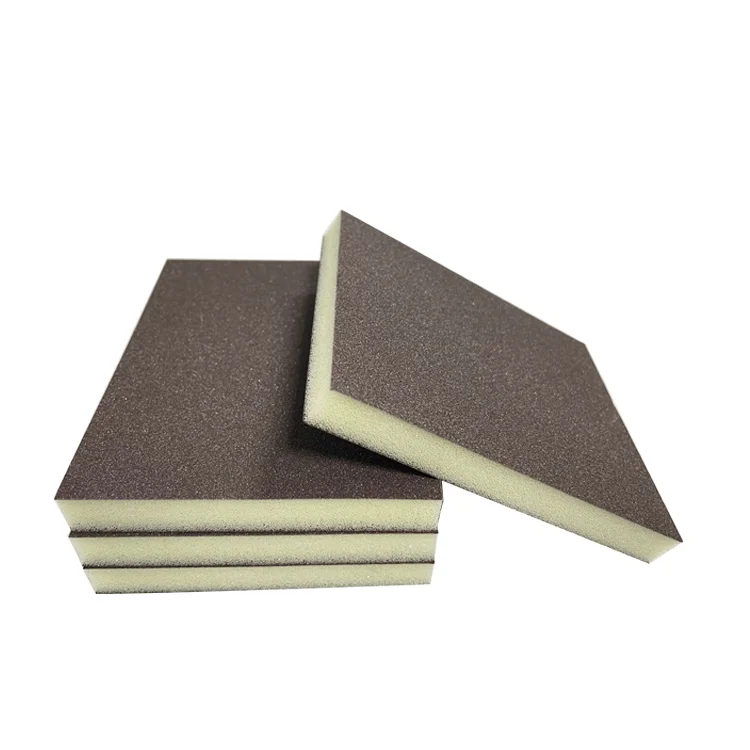In recent years, lab-grown diamonds have surged in popularity, captivating consumers with their ethical sourcing, affordability, and stunning beauty. However, a common question arises among potential buyers: Will lab diamonds pass a diamond tester? This inquiry not only reflects a desire for authenticity but also highlights the evolving landscape of diamond identification. In this article, we will delve into the intricacies of diamond testing, the characteristics of lab diamonds, and the implications for consumers and jewelers alike.
Understanding Diamond Testing
Before we explore whether lab diamonds can pass a diamond tester, it is essential to understand how diamond testers work. Most diamond testers utilize thermal conductivity to differentiate between diamonds and other gemstones. Natural diamonds are excellent conductors of heat, while many simulants, such as cubic zirconia or moissanite, do not conduct heat as effectively.
However, lab-grown diamonds are chemically and physically identical to their natural counterparts. Both types of diamonds are made of carbon atoms arranged in a crystal lattice structure, which means they share the same thermal conductivity properties. Consequently, a standard diamond tester will often indicate that both lab-grown and natural diamonds are genuine diamonds.
The Science Behind Lab Diamonds
Lab diamonds are created using two primary methods: High Pressure High Temperature (HPHT) and Chemical Vapor Deposition (CVD). Both processes replicate the natural conditions under which diamonds form in the Earth, resulting in stones that are virtually indistinguishable from natural diamonds in terms of appearance and chemical composition.
- High Pressure High Temperature (HPHT): This method mimics the extreme conditions found deep within the Earth. Carbon is subjected to high pressure and temperature, resulting in the formation of diamonds. HPHT diamonds often exhibit unique characteristics, such as specific inclusions or color zoning, which can be identified by gemologists.
- Chemical Vapor Deposition (CVD): CVD diamonds are formed by introducing carbon-rich gases into a chamber, where they are ionized to deposit carbon atoms onto a substrate. This method allows for greater control over the diamond's growth and can produce larger stones with fewer inclusions.
Can Lab Diamonds Pass a Diamond Tester?
Given the similarities in thermal conductivity, lab diamonds will typically pass a standard diamond tester without issue. However, it is crucial to note that while they may pass as diamonds, they can be distinguished from natural diamonds through advanced testing methods.
- Advanced Gemological Testing: Professional gemologists utilize more sophisticated equipment, such as spectroscopy and photoluminescence analysis, to identify the origin of a diamond. These methods can reveal subtle differences in the crystal structure and inclusions that differentiate lab-grown diamonds from natural ones.
- Certification and Grading: Reputable jewelers provide certification for both natural and lab-grown diamonds, detailing their characteristics and origin. Certificates from recognized gemological laboratories, such as the Gemological Institute of America (GIA) or the International Gemological Institute (IGI), can help consumers make informed decisions.
Implications for Consumers
For consumers, understanding the distinction between lab-grown and natural diamonds is vital. While both types of diamonds can pass a diamond tester, the choice between them often comes down to personal values and preferences.
- Ethical Considerations: Lab diamonds are often viewed as a more ethical choice, as they are created in controlled environments without the environmental and social concerns associated with traditional diamond mining.
- Cost-Effectiveness: Lab-grown diamonds are typically more affordable than their natural counterparts, allowing consumers to purchase larger or higher-quality stones within their budget.
- Resale Value: It is essential to consider the resale value of lab diamonds, as they may not hold their value as well as natural diamonds. Consumers should weigh the long-term implications of their purchase.
Conclusion
In conclusion, lab diamonds will indeed pass a diamond tester, as they share the same physical and chemical properties as natural diamonds. However, advanced testing methods can differentiate between the two, providing valuable insights for consumers and jewelers alike. As the market for lab-grown diamonds continues to expand, it is crucial for consumers to educate themselves about their options, ensuring that their choices align with their values and expectations. Whether opting for a lab-grown or natural diamond, informed decisions will lead to greater satisfaction and appreciation for these remarkable gems.

